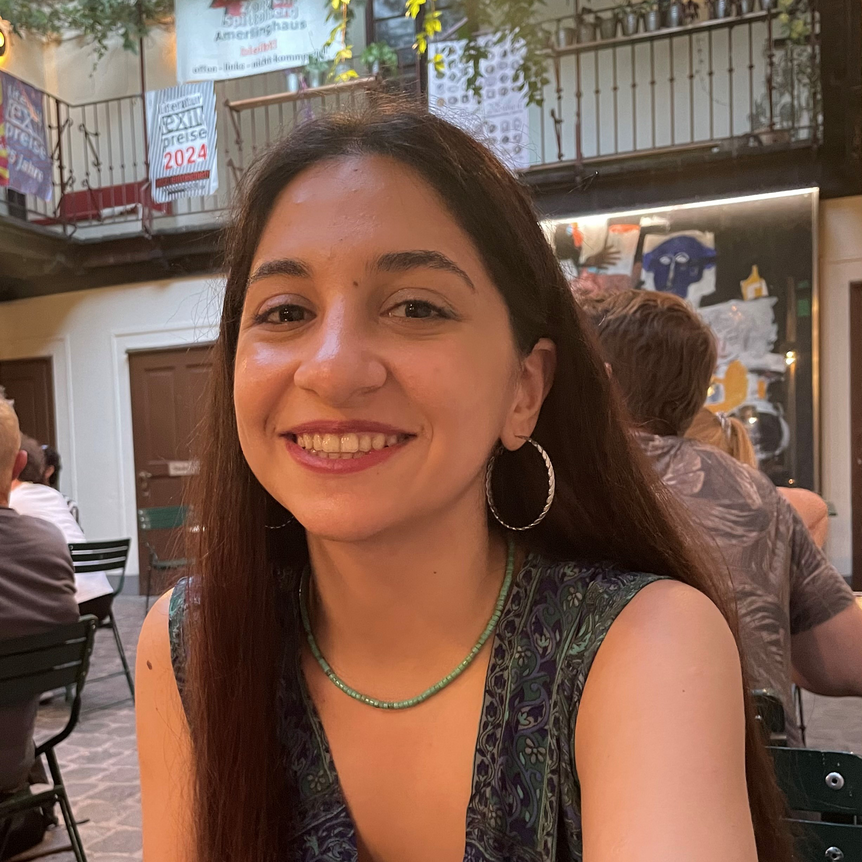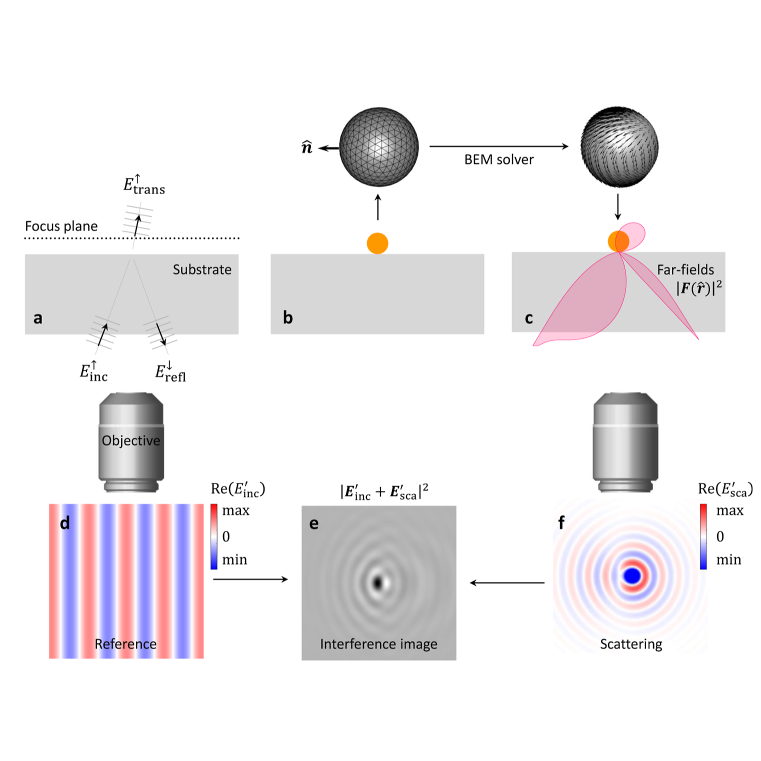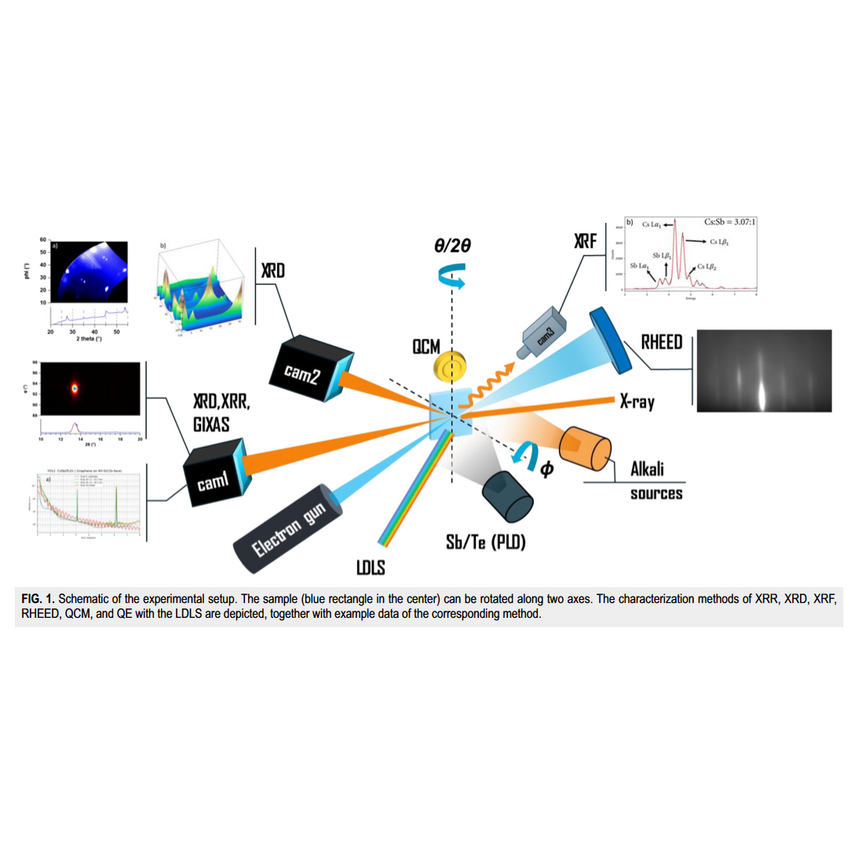About
In any image, the number of detected probe particles is fundamentally limited, either due to finite acquisition times or probe-induced sample damage. In order to optimize the sensitivity of a microscope, the information that can be extracted from each detected probe particle has to be maximized. We achieve this by employing cavity enhancement, quantum enhancement, and wave-front shaping techniques.
Latest News
06.09.2024
20.08.2024
01.07.2024
27.06.2024
13.06.2024
11.06.2024


















